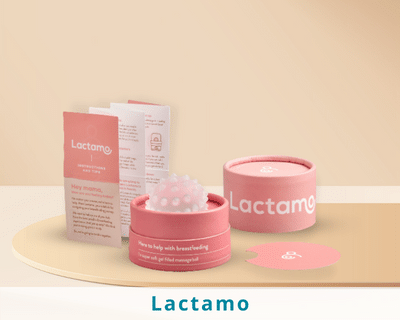Breastfeeding is a highly emotive, politically charged topic within the maternal and child health care industry. There are many strong views around the ‘rights’ and ‘wrongs’ of breastfeeding which can leave new mums feeling conflicted, confused and under unnecessary pressure. Never the less as a Traditional Chinese Medicine (TCM) practitioner, not a lactation specialist I add my voice to the conversation.

There is a large range of opinion regarding what constitutes how much breast milk is adequate. For the purpose of this piece I will define it as when, for whatever reason, a woman identifies that she is experiencing insufficient lactation, and is considering using TCM to promote milk production and supply.
The information contained herein is based upon ancient TCM wisdom and intended as an adjunct to conventional breastfeeding education, not a replacement for the expertise and advice of trained lactation consultants.
TCM is an integrated, stand-alone system of medicine with a written history dating back over 2500 years. It evolved in a foreign culture using a different language and philosophy, independent of and far predating the history of Western biomedical science. As a result many concepts integral to TCM simply don’t translate into Western medical understanding and never will.
Taking this unfortunate situation into account I will endeavour to explain how TCM differentiates and treats the symptom of insufficient lactation.
Insufficient lactation
According to TCM insufficient lactation has two main categories. Both need urgent attention if women intend to continue breastfeeding. If milk flow ceases for any reason it can be very difficult to restart. Therefore women should if possible continue to breastfeed even small amounts, frequently while they are receiving TCM treatment.
a) Inhibited flow due to blockage
The identifying feature of this pattern is that there is abundant milk supply and the breasts are swollen, but, while there is supply the breast is unable to empty partially or fully. The TCM understanding is that milk backs up in the breast causing distension and discomfort. The clinical characteristics of breast engorgement broadly fall into this category.
This pattern is seen more commonly in younger, strong, highly-strung women. Additional symptoms might include the women being nervous, easily frustrated or irritable. Women who present with this pattern tend to be overly sensitive and react strongly to external stimuli, even the kindest words of advice.
When attempting to understand the TCM explanation of this situation, one might consider the analogy of water flowing through a hose. In order to restrict or stop the flow of fluid, external pressure is applied. Once the pressure is released, then the normal flow of water returns.
Stress and tension can lead to the restriction and binding of milk in the breast, holding back the natural flow. Often women will become increasingly frustrated as their nipples become more painful from their baby’s suckling attempts and begin to punish themselves for failure to effectively breastfeed. These factors can exacerbate the situation and place them at grave risk of giving up on breastfeeding completely.
This condition often resolves itself however it is also relatively easy to treat using acupuncture. Being essentially a condition of blockage, once the energetic pressure is released the milk flow usually returns immediately.
b) Insufficient milk production
Accompanying symptoms to this presentation may include little or no breast milk for several days post-delivery, absence of breast distension or engorgement, thin watery breast milk, and the mother reporting insomnia, extreme tiredness and fatigue.
This situation occurs when, according to TCM there is not enough nourishment to support the woman’s health, let alone provide the foundation for adequate breast milk production for her baby.
Unlike the previous condition, this is a pattern of deficiency and typically requires long term treatment.
To understand the TCM cause behind this pattern, it is useful again to consider the analogy of water. If there is insufficient water in a reservoir, then the fluid will not flow. The remedy to this situation is to fill the reservoir with water in order to promote flow.
There are a number of reasons to explain why a woman’s natural ability to produce abundant breast milk might be affected. She may suffer from a pre-existing constitutional weakness, have experienced birth trauma, or had a long difficult labour with excessive postnatal blood and fluid loss. She may have experienced multiple births, previous miscarriage(s), had IVF treatment, pregnancies with breastfeeding too close together for her body or be an older mother.

This condition is most effectively treated with a combination of herbal medicine and diet therapy. The aim of TCM treatment is to nourish and regenerate the mother’s blood and body fluids. The famous TCM gynaecologist Fu Qing-Zhu (1607-1684AD) claimed that with the correct treatment women experiencing this pattern will have their breast milk gushing like spring in no time [1].
In Conclusion
It is hoped that this information has gone in part towards filling some spaces that are lost in translation between Eastern and Western medical understanding and is useful to encourage and empower breastfeeding women to confidently, sensibly and safely access TCM as an adjunctive treatment for the benefit of themselves and their baby.
[1] Yang, S. & Liu, D. Fu QingZhu’s Gynecology. Boulder, CO, Blue Poppy Press: Boulder, 1996, p.130.




Recent Comments